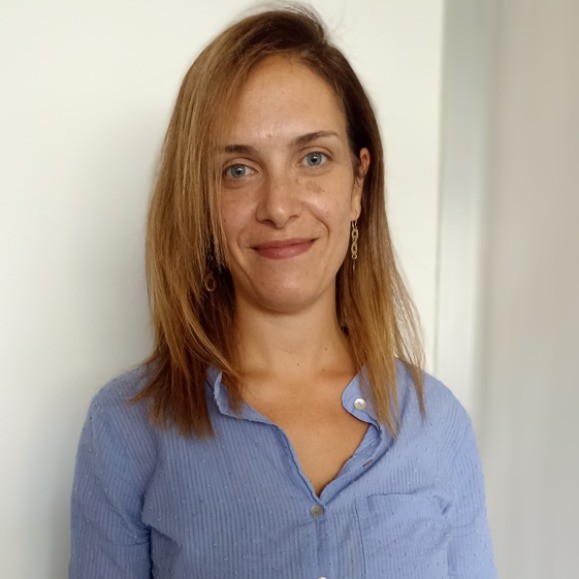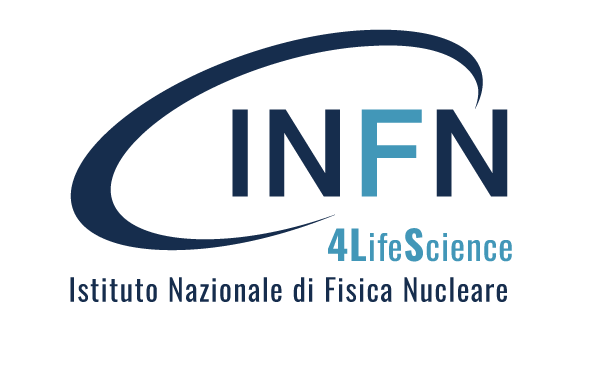Open Access Government – October 2025 – INFN article p.186-187
The Italian Institute for Nuclear Physics conducts cutting-edge research in the filed of nuclear, particle, and astroparticle physics, as well as in developing tecnnologies for research and their applications to benefit society
Founded in 1951, the Italian Institute for Nuclear Physics (INFN) is the public research institute that has taken up the scientific legacy of Enrico Fermi and, for more than seventy years.
Among the four INFN National Laboratories, the Legnaro National Laboratories (LNL, Legnaro, Padova) are internationally recognised to conduct state-of-the-art research in the field of nuclear physics and its applications, thanks to the five particle accelerators and related technologies there available.
The LNL’s future is the SPES (Selective Production of Exotic Species) project, that aims at providing a unique facility for both basic research in nuclear science and applied research in radioisotopes production for medicine. The heart of SPES is a high power cyclotron accelerating protons up to 70 MeV with very high intensities that can reach 700 µA.
On the European landscape SPES will be the only facility that can contribute to innovative radionuclide production by using two complementary methods: the direct activation method using the LARAMED facility and the ISOL technique using the ISOLPHARM facility ….
Full article: https://edition.pagesuite-professional.co.uk/html5/reader/production/default.aspx?pubname=&edid=dc663cb7-6325-4b00-adda-8ba3e6c82db3&pnum=187
Figure 1. Outline of the SPES infrastructures dedicated to medical radionuclides production at the INFN-LNL.

Gaia Pupillo, INFN Legnaro National Laboratories, ORCID id: 0000-0001-8731-7059
Bio: I’m a INFN researcher in the field of medical radionuclides production using accelerators and currently responsible of the “SPES_MED” project at the INFN-LNL. My research activity is mainly focused on cross section measurements of unexplored nuclear reactions, to find out possible new production routes for emerging radionuclides, with particular attention to the theranostic ones or pairs. Since my PhD in physics I am working at LARAMED, also coordinating INFN projects funded by CSN5 and CSN3; in these 10 years I collaborated with the Radioisotope Production and Radiation Technology Section of the International Atomic Energy Agency (IAEA, Wien). I participate in the INFN 4 Life Science committee, funded in 2021.

